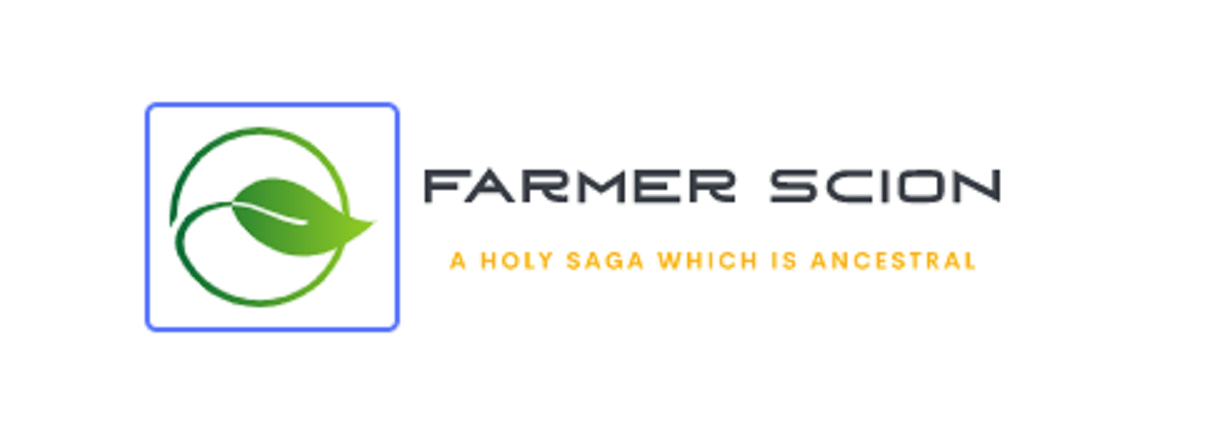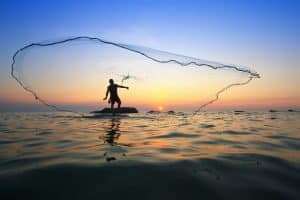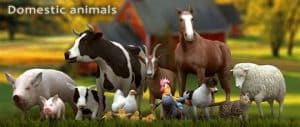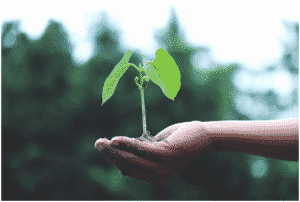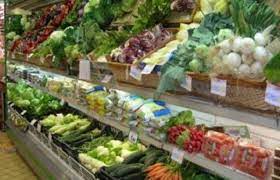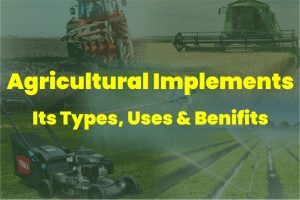Pond Fish Farming System and Guide
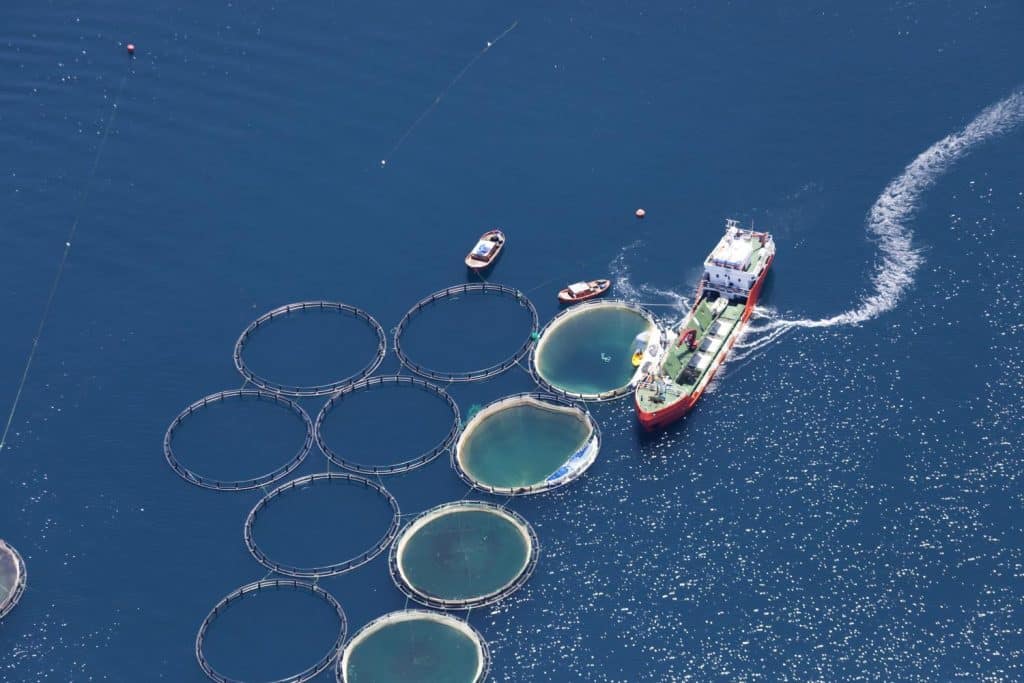
Pond fish farming’s major goal is to boost the productivity of water, land, and other resources while also contributing to increased food fish output.
Ponds are where the great majority of freshwater fish are reared. Water is drawn into the pond from a lake, bay, well, or another natural source. The water is either dumped after passing through the pond once or partially replenished such that a particular proportion of the total water in a system is kept and recirculated.
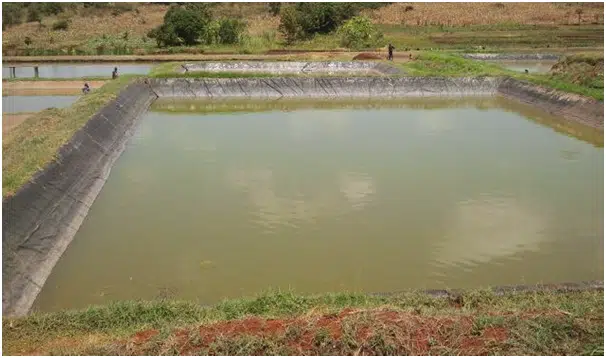
Crop, livestock, poultry, fish, agroforestry, and other industries may be part of a fish-based integrated agricultural system. A farm must be evaluated and designed as a unit for the successful integration of the enterprises to be coupled with crop-producing activities coupling of one or more enterprises with cropping.
When these components are carefully selected, planned, and implemented, they yield more significant rewards than a single enterprise, which is especially beneficial to small and marginal farmers. Fish farming may be linked with agricultural, animal husbandry, and irrigation activities, resulting in greater resource utilization and, ultimately, increased productivity and net profits.
As a result, fundamental instructions for establishing a fish farm are provided, which cover the selection of a suitable location, farm type, and fish species to be cultivated, as well as fish nutrition, health, reproduction, harvesting, post-harvesting factors, goal amount per harvest, and so on.
Site Selection Criteria for Fish Ponds
The size of fish farming ponds ranges from a few hundred square meters to several hectares. Small ponds are often utilized for spawning and fingerling production. Production ponds more significant than 10 hectares are challenging to operate and are unpopular among most farmers. The ponds shown here are merely samples; the type of pond built by a farmer will be determined by local resources, equipment, and conditions.
Ponds are typically found on gently sloping ground. They are rectangular or square in shape, have well-finished dikes and bottom slopes, and do not absorb run-off water from the nearby watershed.
It is critical that enough water is available to fill all ponds in a fair amount of time while maintaining the same pond water level. When the fish are ready to be harvested, you should be able to completely empty the pond. Slopes on the sides should be 2:1 or 3:1.
It allows for simple access, discourages plant growth, and aids in the reduction of erosion concerns. To discourage fish theft, bamboo poles or branches may be placed in the pond, making netting and rod-and-line fishing impractical. Another technique to keep burglars out of your fish pond is to position it as near to your house as feasible.
Soil & Water Permissible Parameter
Land:-
Land should be able to store more water.
Land should not be more alkaline or acidic than necessary.
Pond outlets and inlets should be carefully constructed.
Low-lying areas are preferable.
The site must have a reliable water supply.
The site should be accessible via road or walk.
The location must be distant from flood-prone zones.
Soil:-
Sand (%) – 40
Organic carbon (%) – 0.5-2.0
Available Phosphorous (mg/100gm) – 2 -10
Available Nitrogen (mg/100gm) – 20-75
Clay (%) – 40
Silt (%) – 20
Water:-
Temperature (Degree Centigrade)- 25 – 35
Iron (ppm) – 0.3 – 10
Transparency(cm) – 30 – 40
Potassium (ppm) – 0.5 – 10
Dissolve Oxygen (mg/lt) – 4 -10
Ammonia (ppm) – 0 – 0.1
Calcium (ppm) – 75 – 150
pH – 7.0 – 8.6
Chlorine (ppm) – <0.003
Total Dissolve solids (ppm) – <80
Pond Construction
A well-thought-out design and layout are required for effective pond construction. The excavated dirt should be utilized to build the dike, with a gradual slope towards the outflow for good drainage. Construction of the pond should ideally be done during the summer so that the pond may be utilized for stocking.
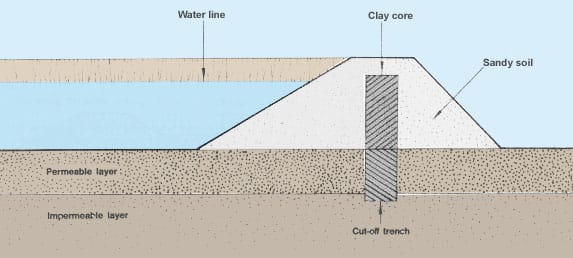
Procedures for Pond Construction
The following phases are often included in the pond construction process.
Step 1: Clear the location of undesired items such as trees, shrubs, and rocks.
Step 2: Using the clay core, construct a seepage-free and secure dyke.
Step 3: Digging the pond and building the dyke over the clay core
Step 4: Build the inlet and outlet.
Step 5: Cover the pond dike with dirt and plant grass species (avoid long-rooted plants such as Rhodes grass and star grass)
Step 6: The pond should be enclosed to prevent theft and predatory animal invasion.
Site Preparation
Ropes, cables, and other things have been removed from the area. Trees, shrubs, and other barriers that impede heavy equipment movement around the site must be removed – manually, with animal power, or with machines.
The area’s vegetation, including timber, must be removed (inclusive of 2 to 3 m beyond the dyke for workspace). Trees within a 10-meter radius, as well as tree slumps and huge stones, must be removed. The surface soil, which contains the most roots and organic material, is unsuitable for pond building. As a result, approximately 30 cm of surface dirt must be removed.
Dyke Construction
Dykes should be compact, sturdy, and devoid of leaks. An ideal dyke is made up of 15 to 30 percent silt, 45 to 55 percent sand, and 30 to 35 percent clay. The berm must be wide enough (at least 1 m) to sustain the slope.
The horizontal to the vertical slope of the embankment should be 2:1 in excellent quality clay soil and 3:1 in loamy silt or sandy soil. To build the dyke, a layer of clay buddle (1:2 sand and clay) is placed as a 10 – 15 cm thick layer, which can be constructed in the center or inside the pond’s waterside.
The crest of the dike should be high enough to aid in associated agriculture activities, and the top of the embankment should be higher than 1 m. An extra outlet on the embankment is required as a safety measure to avoid damage caused by an excessive rise in the water level.
Types of Ponds for Fish Farming
There are just two forms of pond fish farming; however, with the passage of time, various modern farming techniques have emerged.
1. The Earthen Pond
2. Concrete Pond
3. Rubber Or Plastic Pond
4. Tarpaulin Pond
5. Cage Or Pen Ponds
Earthen Pond
The earthen pond is the first form of the pond that is often used for catfish breeding.
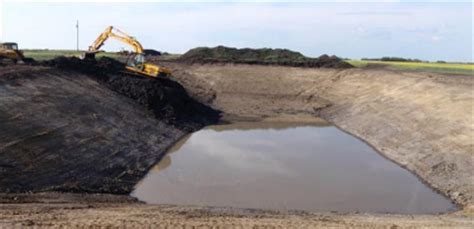
An earthen pond, like a river or stream, is a near-natural environment for fish (catfish, tilapia, and so on). Although it is built to suit the fish farmer’s design, it is generally built in a sloppy or wet location to accommodate the fish and give them a natural sensation while being reared.
An earthen pond is an artificial dam, a reservoir built by excavating a hole at least 1.5 meters deep.
The procedure of building an earthen pond should be carried out by specialists who have a lengthy history in pond construction.
Concrete Pond
A concrete pond is the second form of the pond that may be used to produce fish. This is a typical method used by fish farmers to rear their fish, particularly catfish.
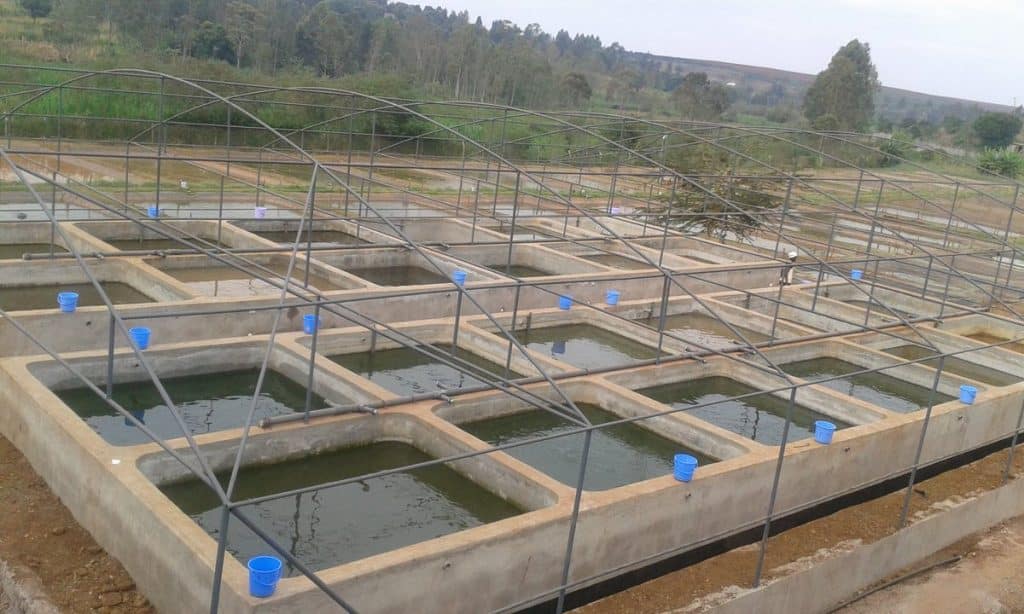
A concrete pond is a structure made of blocks, sand, and cement that is used to house your fish.
In comparison to other forms of ponds, the construction of concrete ponds needs the assistance of professionals. This is due to the fact that any mistakes in the pond’s design might result in leaks, which can cost more to fix than to build a new one.
The concrete pond has one benefit over the clay pond in that it may be built anyplace in your house.
Points keep In Mind Before Building A Concrete Pond.
Location: This is not the only factor to consider while constructing a pond. A concrete pond may be built anywhere, including your backyard.
The drainage system is the second most important aspect of building a concrete pond. When planning to create a pond, you need to include a suitable drainage system where you will dispose of the wastewater.
Cost: The installation of a concrete pond is the most costly of all pond kinds. Before deciding to build a concrete pond, you should consider your budget.
Plastic Or Rubber Pond
The plastic pond is the fourth type of fish pond. Plastic ponds are similar to tarpaulin ponds; only they are made of plastic.
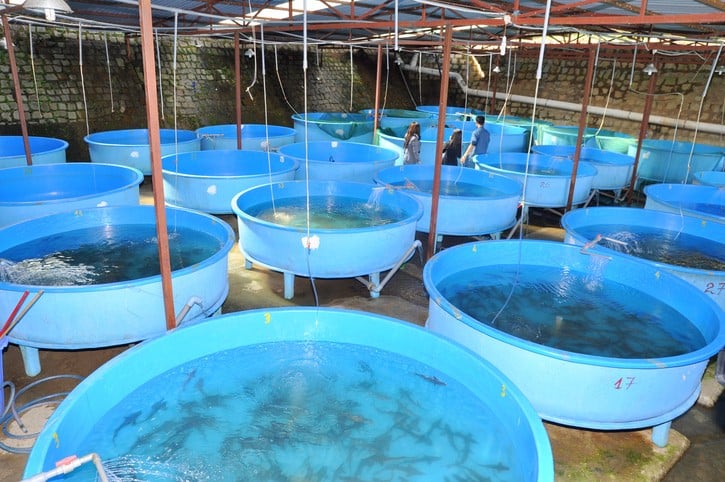
This is a typical form of a pond for newcomers to fish farming. One advantage of the plastic pond (as with the tarpaulin pond) is that it is simple to construct. One great feature of the plastic pond is that it can be used to convert old overhead tanks into ponds for raising catfish.
Points keep In Mind Before Building A Plastic Pond.
Space – You simply need a tiny area to store your plastic.
Quantity – If you are just starting out in fish farming and want to utilize a plastic pond (which is recommended), the number of ponds you buy should be determined by the quantity of fish you will be keeping.
Cost – If you don’t have a lot of money, it’s not a good idea to buy a lot of plastic ponds for rearing fish.
Tarpaulin Pond
The tarpaulin pond is the next form of the pond that may be used to raise fish. This is the most prevalent form of the fish pond after earthen, concrete, and plastic ponds.
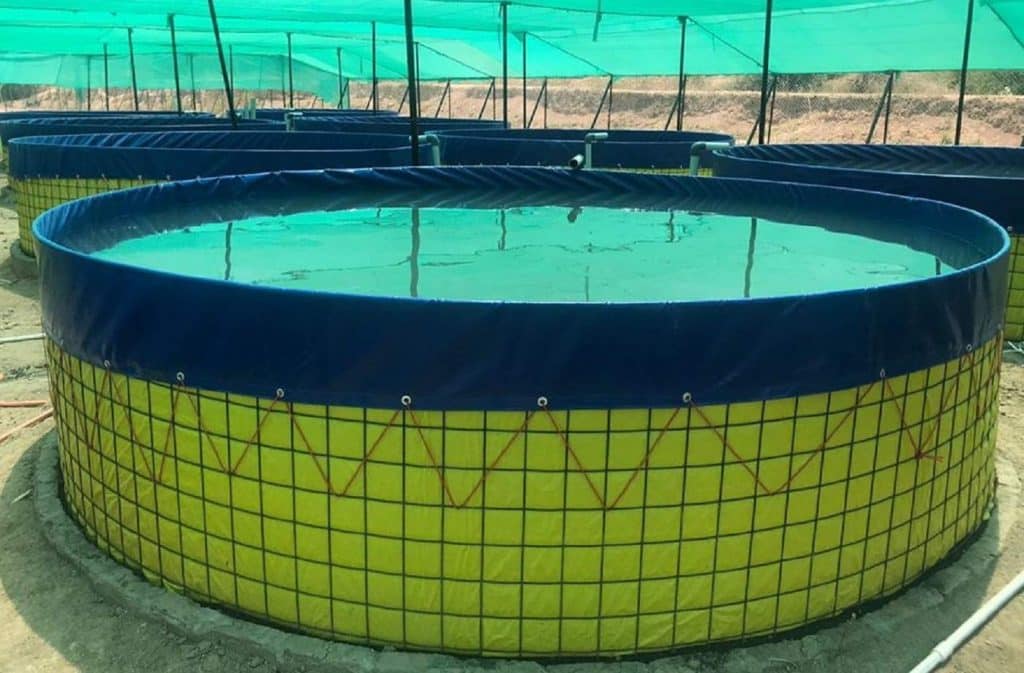
It may be built out of wood or galvanized pipes and then covered with a tarpaulin. Tarpaulin ponds are available in a variety of sizes and colors.
Points keep In Mind Before Building A Tarpaulin Pond.
Room – Although a tarpaulin pond does not require much space, you must ensure that the area where your pond will be located is clear of impediments that might damage the tarpaulin.
Cost – If you want to fish on a large scale, it is best not to use a tarpaulin pond since it will cost you more, in the long run, to set up than concrete or earthen pond.
Quality is another element to consider when purchasing a tarpaulin. If you’re going to spend money on equipment, you should be very picky about the quality.
Cage Or Pen Ponds
Ponds for fish farming are often done on a huge scale or at a high cost. This style of the pond is usually built-in freshwater.

Cage tanks are always built in the center of seas and vast amounts of water. They’re kept in place and ringed with pegs.
Criteria for Selection of Suitable Fish Species
While many fish species thrive in ponds, only a small number of species are typically grown on a commercial basis. The reasons for this limited selection are self-evident. Commercial pond culture essentially attempts to achieve the highest possible rate of fish production and profit by maximizing the consumption of natural food and additional feed, which severely limits the choice of fish species for pond cultivation. Some of the basic selection criteria are given here.
- Adaptability to the undrainable pond environment
- Increased growth rate
- Efficient users of the pond’s natural food supplies
- Artificial feed converter that is effective
- Hardy and not readily afflicted with sickness
- The seed is simple to breed and nurture.
- Prolonged breeding time or frequent breeding
- Non-predaceous, planktonophagous, herbivorous, and detritus feeder
- Compatibility with other cultivable fish species
- palatable and rich in nutrients
- Market demand is strong, as is the price.
Suitable Fish Species for Pond Farming
- Catla
- Grass carp
- Rohu, Mrigal
- Common carp
- Silver carp
- Algae eater
- Goldfish
- Golden Tench
- Fathead minnow
- Sunfish
- Rosette
- Shubunkin
- Koi Carps
- Rosette
- Golden orfes
- Sturgeon
Advantages of Pond Fish Farming
- Can be constructed and maintained using locally accessible materials
- Fish reared in this kind of pond develop more quickly.
- Possibility of creating local jobs and generating revenue
- It is the most natural sort of pond for fish farming.
- For younger fish, such as fingerlings and juveniles, a concrete pond is preferable.
- Relatively low capital expenses; running costs should be met by revenue from the output.
- It can serve as a low-cost, locally accessible protein source.
- It is simple to detect and control fish infections.
- It has a cheap cost of upkeep.
- Plastic ponds have no economic impact on the environment.
- You have the option of stocking as many fish as you wish.
Disadvantages of Pond Fish Farming
- Requires a lot of freshwaters
- Requires a significant amount of land (pond)
- Professional design and installation may be required.
- If fish is incorrectly prepared or cooked, it may represent a health concern.
- In certain locations, social acceptability may be poor.
